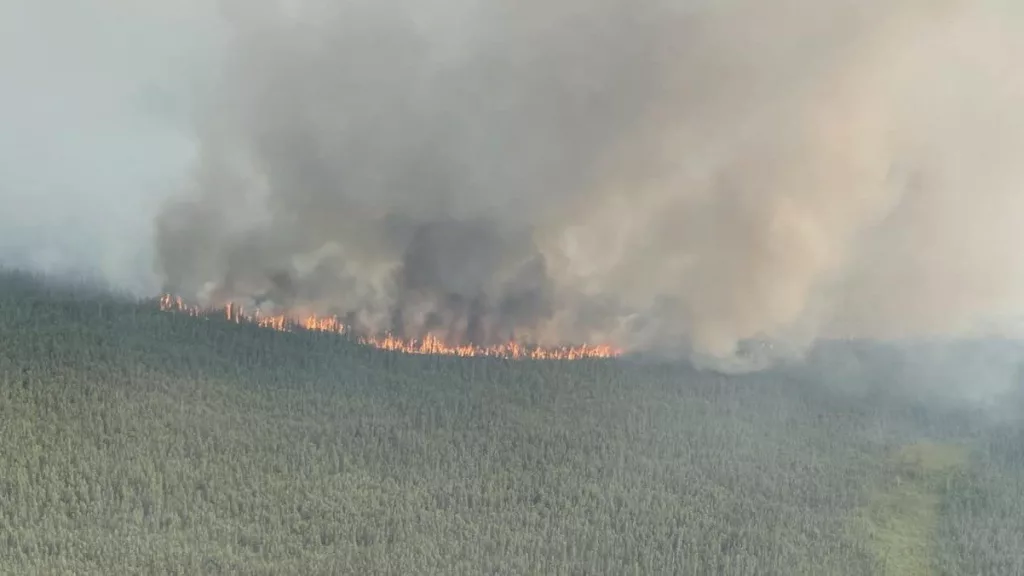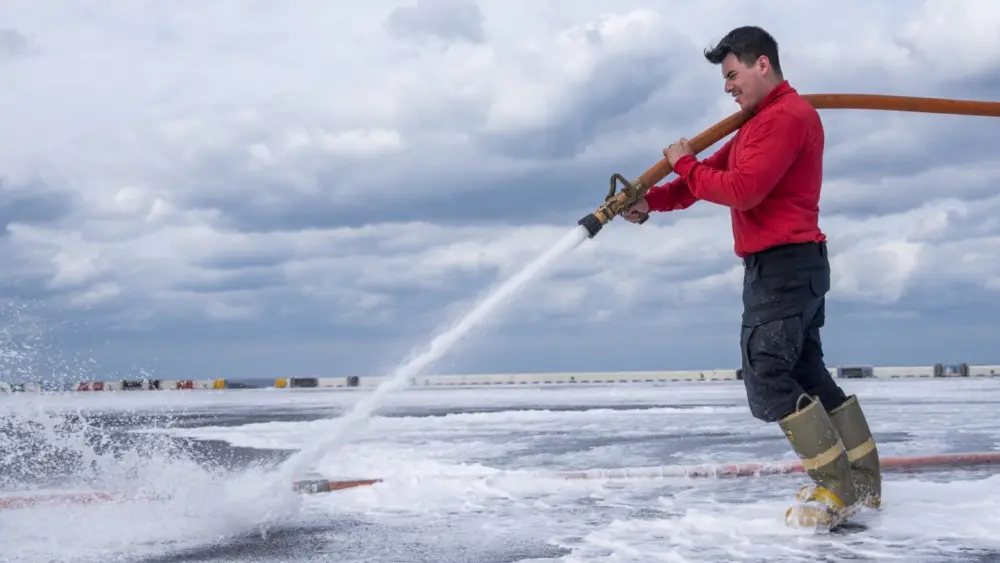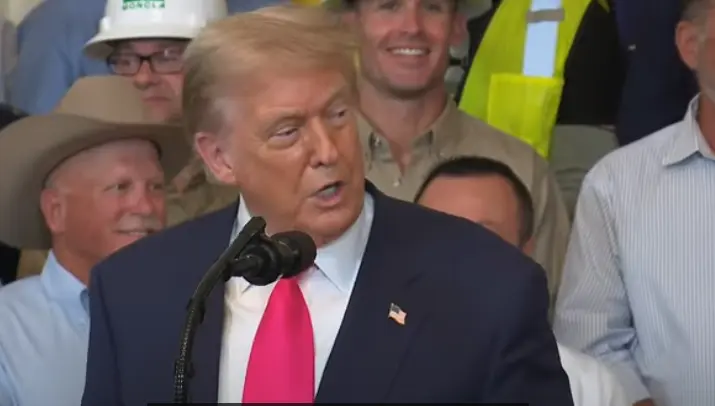WASHINGTON, D.C. – An executive order signed earlier this month by President Donald Trump would look to “consolidate” five federal wildland fire agencies into one.
The U.S. Forest Service, U.S. Fish and Wildlife Service, Bureau of Land Management, Bureau of Indian Affairs and National Park Service all have departments that fight fires on their land.
Two federal departments oversee the effort — the Department of the Interior and the Department of Agriculture. Trump directed them to consolidate their efforts within 90 days of the June 12 order. The Federal Wildland Fire Service would be under control of the U.S. Department of the Interior, according to the Associated Press.
Wildfire season is already underway across North America, with large fires burning in Canada and Alaska. Washington and Oregon have also begun to see fire seasons pick up, too. In Montana, several fires have flared, but only one has reached 2,000 acres in size this year so far.
U.S. Sen. Tim Sheehy, a Montana Republican, introduced legislation in February to combine wildland fire agencies in a bipartisan effort with U.S. Sen. Alex Padilla, a California Democrat.
“For too long, layers of senseless bureaucracy and red tape have splintered our wildfire management system, failed our brave firefighters on the ground, and let entire communities be wiped off the map by wildfire,” Sheehy said in a statement on Feb. 6. “The time is now to reshape our approach to American wildfire management and start fighting fires better, stronger, and faster.”
Sheehy, who helped found an aerial firefighting company, has been a force on legislation surrounding wildland firefighting as a freshman senator. He’s been a sponsor or cosponsor on 15 firefighting bills, including one that was recently signed by Trump that reauthorizes the sale of Department of Defense parts to repair the nation’s firefighting fleet.
Sheehy did not respond to a request for comment. However, Sheehy’s office did issue a statement thanking the president for taking action on wildfires as his repair bill was signed.
Trump’s order also cast some blame on local fire agencies, saying they “continue to disregard commonsense preventative measures.” It added that many firefighters across the country were relying on outdated equipment and were slow to respond because of “unnecessary regulation and bureaucracy.”
A fact-sheet for the order also identified how the federal government wants to modernize firefighting. It also seeks to declassify historical satellite data to help improve wildfire prediction.
“The order directs the use of available technology, including AI, data sharing, innovative mapping, and weather forecasting, to enhance state and local wildfire identification and response capabilities,” the fact-sheet said.
According to the U.S. Forest Service, about 98% of wildfires are suppressed before they reach 100 acres. The other 2% are large and often dangerous, which Andy Stahl, the director of Forest Service Employees for Environmental Ethics, describes as acts of nature in line with a hurricane or earthquake.
Large fires weren’t ever going to be stopped, and wildland fire agencies have little room to improve, according to Stahl, who also took issue with Trump’s usage of the 2025 Los Angeles fires as the “purpose” of the order.
Those fires were driven by structures burning, adding to the intensity and scope of the inferno. A total of 16,251 homes, commercial properties, and other structures burned during those fires, according to research by UCLA.
Furthermore, Stahl noted, wildfires can’t really be fought effectively in high winds — fire breaks can quickly be jumped by embers and spot fires can turn into larger blazes. Extreme fire behavior is driven by low relative humidity, strong surface wind, unstable air, and drought, according to the National Wildfire Coordinating Group, a government agency. None of those things can be changed by firefighters.
“The executive order is mostly political posturing for the MAGA crowd, for the firefighters, you know, and, it’s just bizarre, and it won’t change anything,” Stahl told the Daily Montanan. “Nothing in this executive order is going to move that 98% needle.”
There were 64,897 wildfires reported in 2024 according to the National Interagency Fire Center and they burned almost 9 million acres. Additionally, nearly 4,500 structures were lost to wildfires last year. In 2023, the country spent more than $3.1 billion on wildfires, which is the most recent cost estimate available.
The five-year annual average suppression cost is nearly $3 billion. As a source of comparison, the country spent more than a billion dollars on suppression just once between 1985 and 2001, though those numbers are not adjusted for inflation.
The Forest Service, which did not respond to a request for comment, covers 193 million acres of land, while the Bureau of Land Management manages 245 million acres. The Department of Interior did not provide answers to questions before publication.
This story first appeared on Daily Montanan.





